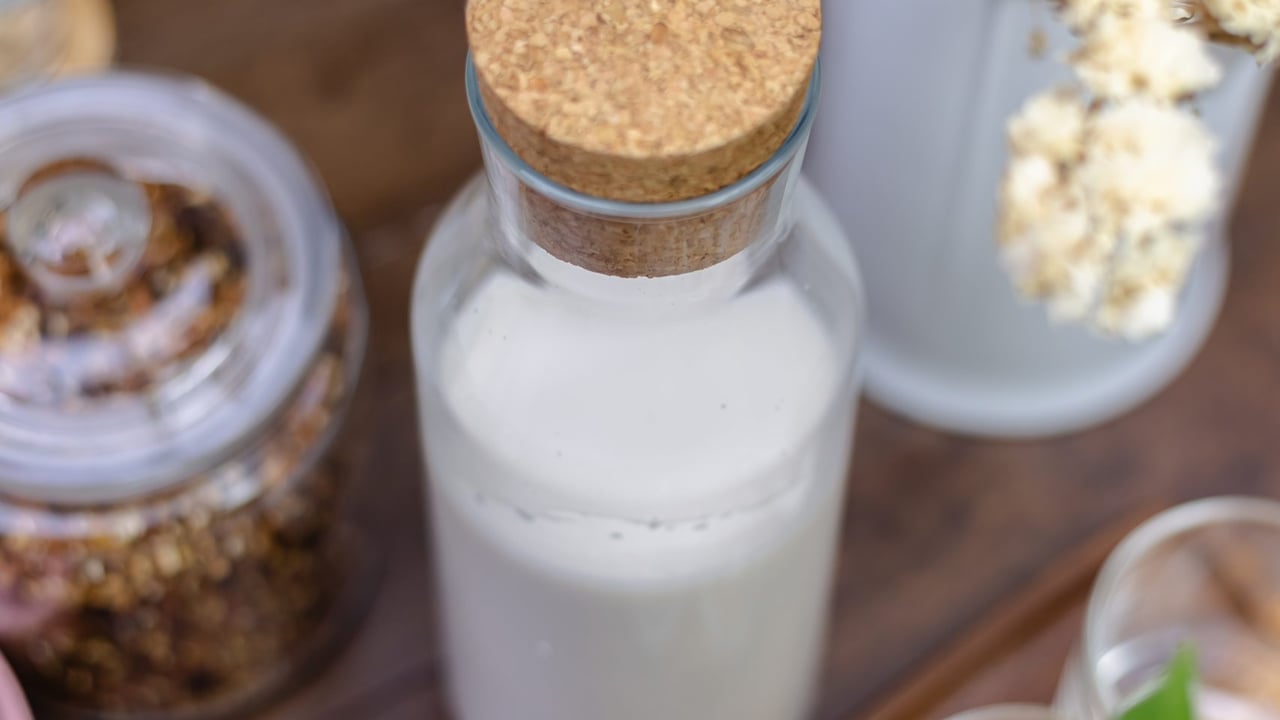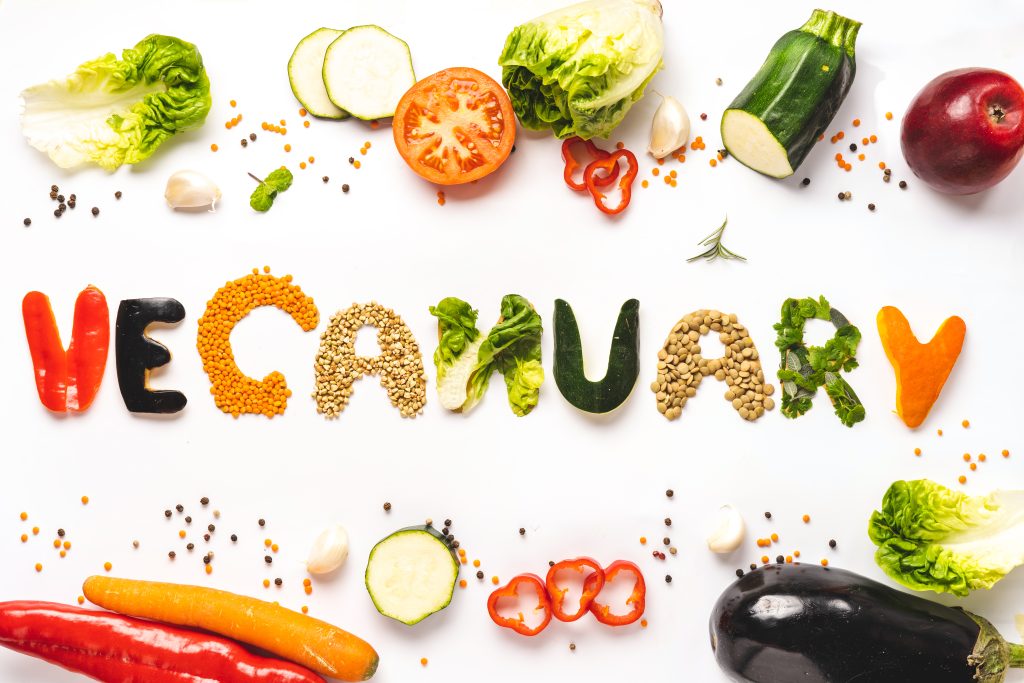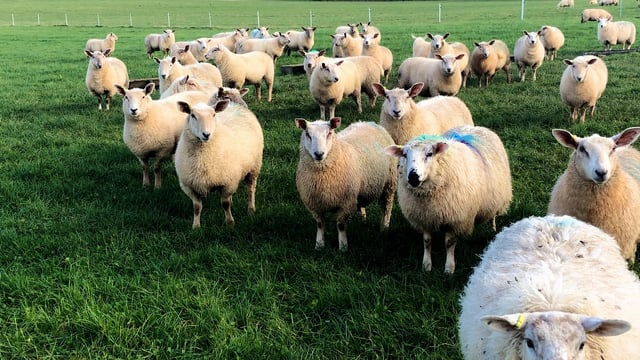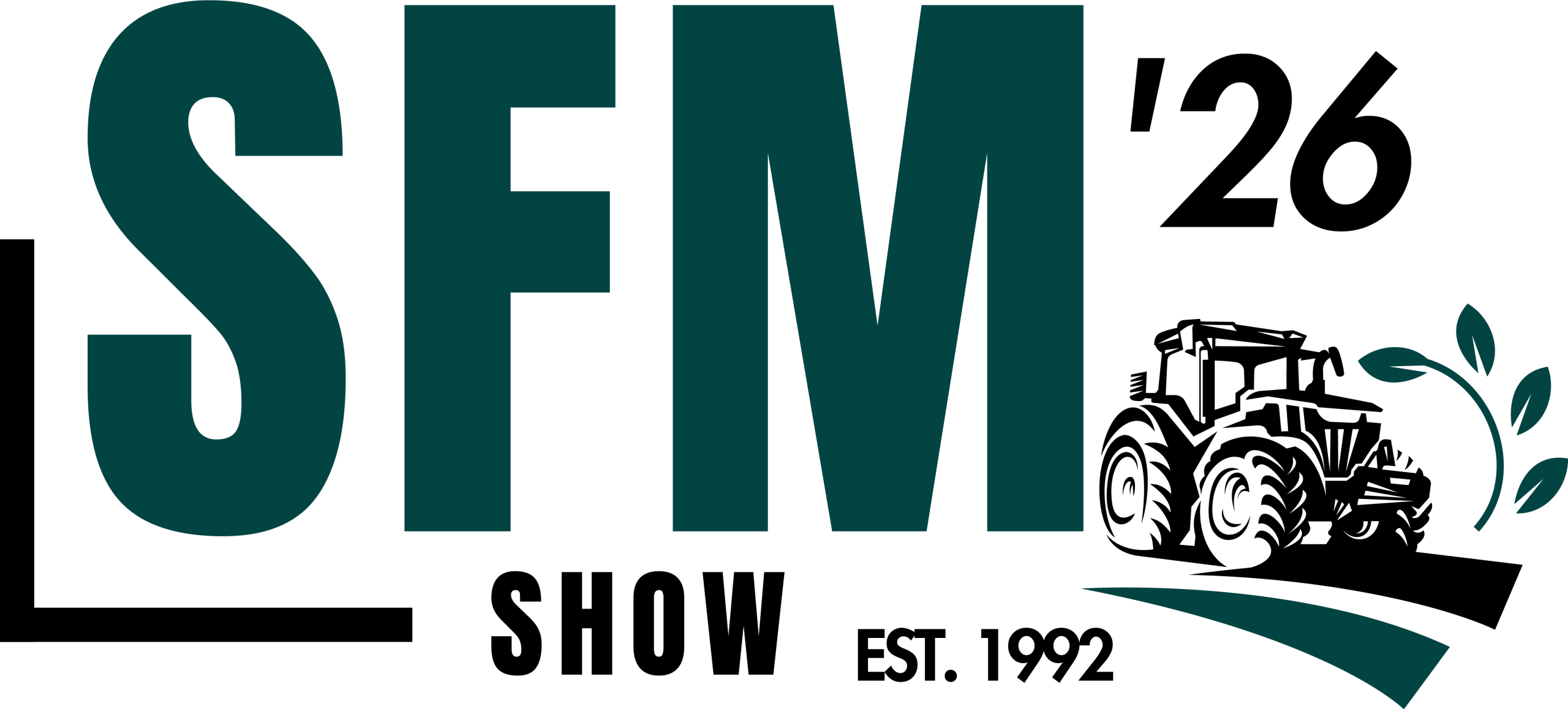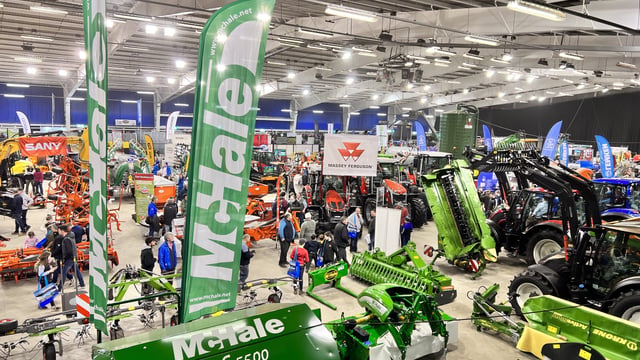Thomas Duffy: Dairy and meat alternatives overpromised and under-delivered
As Mark Twain famously said reports of death can be "greatly exaggerated" so could that be true when it comes to what some environmentalists once claimed would be the future for the dairy and meat sectors?
At one time, there seemed to be an endless tirade of anti-livestock marketing and seemingly well-meaning advice to beef and dairy farmers from some of these environmentalists about a potentially bleak outlook for the sectors.
But against the background of record prices for both live beef animals and factory prices and positive prices for dairy - although not quite at their peak - could rumours of a demise for dairy and meat have been exaggerated?
Dairy and meat
Some analysts are warning that the current high prices on supermarket shelves may potentially turn customers off their roasts and fine cheeses.
So is this then not a boom time for those seeking to undercut meat and dairy sales with alternatives?
Let's look at what the statistics are telling us from the nonprofit think-tank, Good Food Institute, which "works with scientists to develop, fund and promote open-access research on alternative proteins".
Research from the institute showed that in 2024, sales of plant-based alternatives fell 4.1% in value with unit sales for meat alternatives down a full 11.1% and milk drinks down 2.8%.
Some might argue that this is despite more own brand and cheaper alternatives entering the market making these products more accessible to cash-strapped customers.
Large-scale retailers such as Tesco have already admitted their plant-based sales are lagging so far behind that they have essentially given up on their targets for 2030 set less than five years ago.
A particular stinger for those hoping to see mass conversion of the populace to veganism is the decline of 12.4% of sales in meat-free alternatives in the UK market in January 2025 versus January 2024 while sales volumes of meat and fish rose 1.4%.
Historically, January is associated with a time of greater healthy eating, and as a result the campaign of ‘Veganuary’ since its launch in 2014.
However, in 2025, reports show Google searches for this term fell by half compared to 2024.
Some other markets did see increases, including France and Italy, however these are countries are known for their love of all things authentic and as such has a fraction of the plant-based market of others.
In other markets where plant-based boomed in recent years, such as the vegan-obesssed Germany, not all categories made gains.
While German meat alternatives and milk alternatives saw some small growth, both were below projections.
High value products plant-based makers hoped to steal away from dairy in recent years such as cheese and yogurt actually fell by 1.9% and a whopping 15.7% respectively.
So what could be driving the trend downwards if supermarkets are rolling out cheaper own brand alternatives and meat and milk prices drive on.
Has the health and environmental halo worn off? The UK market in particular has seen a lot of attention to the health risks of ‘Ultra Processed Foods’ or UPFs.
Plant-based
In reality, much of the plant-based buying these days are closer to ingredients such as lentils, nuts, seeds and tofu as both health concerns and costs bite.
This will be welcome news to our vegetable and tillage farmers, for whom minimally processed ingredients like this offer a larger percentage of retail price than the commodity buying of plant-based alternative makers.
Finally even plant based politics appears to have few friends today with the softening of a number of policy efforts to push alternatives into the market.
Not least within the EU, where the marked change from both the European Parliament and European Commission from the highly criticised ‘Farm-to-Fork’ to the recently published ‘Vision for Agriculture and Food’.
In the new plan ‘alternative proteins’, be they plant-based or lab grown, receives little mention.
Without the drip feed of EU funding it enjoyed over the past five years, such alternatives will have to compete in the markets, a race they seem to have fallen behind in.

